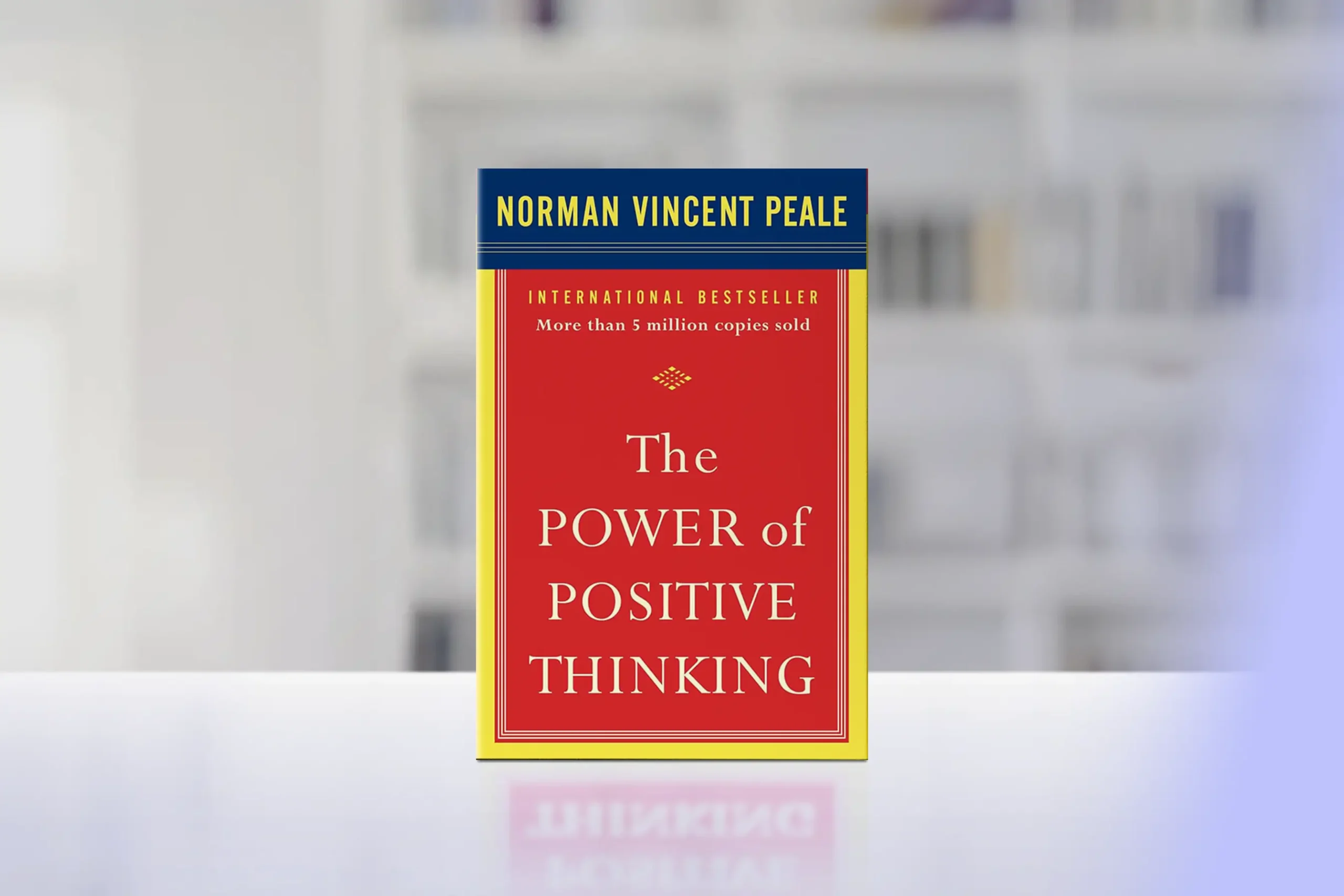In the pantheon of self-help literature, few books have left as lasting an impact as Norman Vincent Peale’s “The Power of Positive Thinking.” First published in 1952, this groundbreaking work has inspired millions of readers across generations to embrace a more optimistic outlook on life.
Peale, a minister and motivational speaker, combines spiritual wisdom with practical techniques to offer a comprehensive guide for overcoming negative thought patterns and cultivating a mindset of success and happiness.
Core Concepts
The book presents several key principles and techniques to help readers harness the power of positive thinking:
- Believe in yourself and in your abilities
- Use positive affirmations to reshape your thought patterns
- Visualize success and positive outcomes
- Cultivate a strong faith and spiritual practice
- Practice gratitude and optimism
- Embrace challenges as opportunities for growth
- Surround yourself with positive influences
Through these concepts the author explore how a positive mindset can lead to improved health, relationships, and overall life satisfaction.
Chapter-by-Chapter Review
Part I: The Power of Faith and Positive Thinking
This part introduces the central idea that self-confidence, resilience, and a positive mindset are key to success. Peale explains how belief in oneself, mental calmness, and high energy levels can transform challenges into opportunities.
He also explores the role of prayer, happiness, and expectation in shaping life outcomes. Techniques for managing worry, overcoming obstacles, and refusing defeat provide practical guidance for cultivating a mindset that fosters personal and professional growth.
Part II: How to Use Faith in Healing
Here, Peale emphasizes the connection between faith and personal well-being. He provides strategies for relaxation, spiritual connection, and drawing upon a higher power to navigate challenges.
The chapters focus on building positive relationships, coping with heartache, embracing change, and using prayer as a tool for transformation. Peale encourages readers to rely on faith and optimism to strengthen resilience and foster emotional and spiritual healing.
Part III: The Power of Positive Thinking in Action
In the final section, Peale shows how to apply positive thinking in daily life, offering practical advice for taking action, achieving goals, and cultivating fulfillment through faith and optimism.
Key Strengths
- Offers practical, easy-to-implement techniques for positive thinking
- Combines spiritual principles with psychological insights
- Provides numerous real-life examples and anecdotes to illustrate concepts
- Empowers readers to take control of their mental and emotional states
- Addresses a wide range of life challenges, from career to relationships
Potential Drawbacks
- The strong religious tone may not resonate with all readers
- Some may find the advice overly simplistic for complex life problems
- The dated language and examples may feel less relevant to modern readers
Who This Book Is For
“The Power of Positive Thinking” is an invaluable resource for:
- Individuals struggling with negative thought patterns or low self-esteem
- Those seeking practical techniques for personal growth and self-improvement
- Readers interested in exploring the connection between spirituality and mental well-being
- Anyone looking to cultivate a more optimistic and resilient outlook on life
Final Review
Norman Vincent Peale’s “The Power of Positive Thinking” remains a timeless classic in the self-help genre, offering readers a roadmap to transform their lives through the power of optimism and faith. While some may find the religious undertones challenging, the core principles of the book transcend any specific belief system, providing universal wisdom on the impact of our thoughts on our lives.
Critics may argue that positive thinking alone cannot solve all of life’s problems, Peale’s teachings offer a powerful tool for building resilience, improving mental health, and approaching challenges with a more constructive mindset.
Rating: 4.6/5
A transformative guide that empowers readers to harness the power of positive thinking, offering timeless wisdom for cultivating happiness, success, and inner peace.

Alternative Books
Similar related books around thinking positively:

“Think and Grow Rich” by Napoleon Hill
Explores the power of positive thinking in achieving financial success.
Rating: 4.7/5

“You Are a Badass” by Jen Sincero
Modern, irreverent take on self-improvement and positive thinking.
Rating: 4.7/5

“The Magic of Thinking Big” by David J. Schwartz
Setting and achieving ambitious goals through positive thinking.
Rating: 4.7/5





